For athletes, the pursuit of excellence often revolves around the idea of pushing limits. However, a growing body of research reveals that "more is better" is a misconception. Overtraining can lead to burnout, injury, and diminished performance. Instead, understanding your body's unique signals - particularly through thermal stress tracking - can help you train smarter, not harder, unlocking your true athletic potential.
Thermal stress refers to the physiological strain caused by the body's effort to regulate temperature during exercise. Monitoring this stress provides athletes with real-time insights into when their body is thriving or under strain, enabling better recovery, enhanced performance, and reduced risk of injury.
The Risks of Overtraining and Mismanaged Recovery
Overtraining occurs when the balance between exercise intensity, recovery, and rest is disrupted. This often results in a condition known as overtraining syndrome (OTS), characterized by prolonged fatigue, decreased performance, and susceptibility to injury (Meeusen et al., 2013).
Signs of Overtraining:
- Persistent muscle soreness
- Increased heart rate during rest or light activity
- Reduced strength and endurance
- Unbalanced heart rate variability (HRV) stats
- Poor sleep quality
- Elevated body temperature and sweating beyond normal levels
A study published in the European Journal of Applied Physiology found that increased core body temperature during exercise correlates with diminished physical output and slower recovery times (Nybo et al., 2001). By ignoring these signals, athletes risk pushing their bodies past safe limits, prolonging recovery and jeopardizing long-term health.
The Role of Thermal Stress in Athletic Performance
Thermal stress is an inevitable part of physical exertion. During exercise, the body generates heat as a byproduct of energy production. If this heat is not efficiently dissipated, it can lead to a rise in core temperature, resulting in decreased performance and increased fatigue. Monitoring thermal stress allows athletes to:
- Identify Optimal Performance Windows
- When thermal stress is low, the body is primed for peak performance.
- High thermal stress signals the need for recovery to avoid overexertion.
- Enhance Recovery Efficiency
- Tracking post-exercise cooling rates can determine when the body has returned to a baseline state, minimizing the risk of overtraining.
- Prevent Heat-Related Illness
- Recognizing early signs of heat stress, such as elevated skin or core temperature, can prevent conditions like heat exhaustion or heat stroke (Casa et al., 2010).
How Mij™ Empowers Smarter Training
Mij’s™ thermal stress monitoring provides athletes with real-time data on core body temperature and recovery trends. These insights enable data-driven decisions, ensuring that athletes maximize their training sessions while protecting their health.
1. Real-Time Performance Feedback
- Mij™ tracks temperature spikes during exercise, helping athletes identify when their body is approaching its thermal threshold.
- By understanding these limits, athletes can adapt their intensity levels to sustain performance without overexerting.
2. Personalized Recovery Recommendations
- Thermal stress data reveals how quickly the body cools down post-exercise, indicating readiness for the next session.
- Mij™ provides suggestions for hydration, cooling strategies, and rest periods.
3. Long-Term Training Optimization
- Analyzing trends over time helps athletes spot patterns of thermal stress and recovery.
- This data can inform training plans, ensuring balanced workloads and preventing burnout.
Actionable Strategies for Smarter Training
- Use Thermal Stress Data to Adjust Intensity
- If thermal stress readings are high, reduce workout intensity or shorten the session to avoid overtraining.
- Plan high-intensity sessions when thermal stress is at its lowest (e.g., cooler parts of the day).
- Prioritize Cooling Techniques
- Incorporate cooling strategies, such as ice baths, cooling towels, or cold showers, during and after workouts.
- Stay hydrated with electrolyte-rich fluids to support thermoregulation (Sawka et al., 2007).
- Track Recovery Progress
- Use Mij™ to monitor post-exercise cooling rates and HRV trends to ensure adequate recovery before the next workout.
- Schedule rest days based on thermal stress patterns to prevent cumulative fatigue.
- Listen to Your Body’s Signals
- If elevated thermal stress persists, incorporate active recovery methods like yoga or light stretching instead of high-intensity training.
- Avoid the "no pain, no gain" mindset - recovery is just as critical as effort.
Unlocking Peak Performance Through Smarter Training
The road to athletic excellence isn’t paved with endless hours of hard training but with informed, intentional efforts that prioritize recovery and balance. By tracking thermal stress with tools like Mij™, athletes can recognize when to push harder, when to rest, and how to optimize their training plans for long-term success.
Thermal stress tracking isn’t just a tool for elite athletes - it’s a game-changer for anyone striving to reach their physical potential. Train smarter, recover better, and achieve your peak performance by listening to what your body is telling you.
Start your journey to smarter training today with Mij™.

